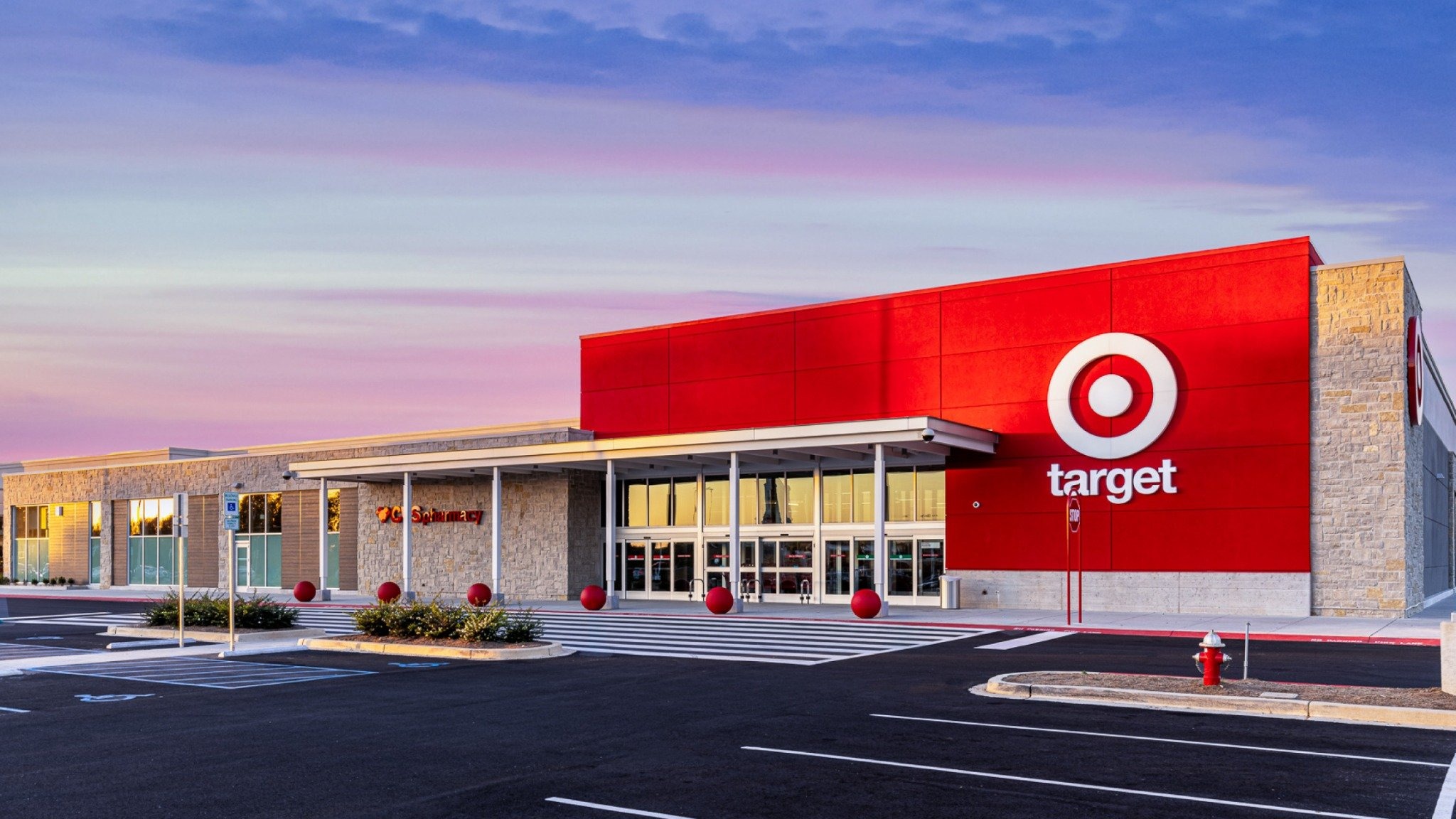
Target’s Return to Office Strategy: An Insightful Shift
In a significant move, Target's Chief Commercial Officer Rick Gomez has announced a new return-to-office plan for members of the commercial team in the Twin Cities. Effective September 2nd, employees are encouraged to work from the office three days a week. This decision is pivotal as it seeks to foster stronger collaboration and engagement among team members.
Understanding the Push for In-Person Work
Gomez's directive emphasizes the need for in-person interaction to drive productivity. He highlighted that more face-to-face time will lead to faster problem-solving and improved business growth. "More time together, in the office, will help us grow our business faster..." he noted in his internal communication. This insight mirrors a broader trend in the corporate world wherein companies are increasingly recognizing the importance of physical presence for effective communication and teamwork.
The Flexibility Factor in Modern Workplaces
While Gomez’s plan highlights a structured return to the office, he has also stressed the importance of flexibility. Employees have the option to choose their workdays, allowing them to balance individual needs with team objectives. This tailored approach aligns with today’s hiring trends, where companies are placing increased value on candidate experience and adaptable working conditions.
Relevance to Today’s Workforce Dynamics
The return to office strategy comes at a critical juncture for Target, as the retailer is navigating financial challenges and striving to revamp its merchandise strategy. Amid slumping sales and changes to its corporate policies, this strategic pivot seeks to reinforce Target’s talent pipeline development and employee morale. Furthermore, by enhancing the candidate experience and establishing an inviting work culture, Target may position itself as an employer of choice in the competitive retail landscape.
Looking Ahead: What This Means for Talent Acquisition
The emphasis on hybrid work arrangements and employee engagement is poised to influence recruitment best practices across the industry. As companies like Target adapt to flexible workforce dynamics, talent acquisition managers and HR directors must also refine their sourcing strategies. Emphasizing more direct engagement through improved hiring process optimization can be paramount in attracting and retaining top talent in an ever-evolving job market.
With companies like Target leading the charge in fostering a hybrid working environment, now is the time for staffing agency leaders and corporate recruiters to consider how these shifts may impact their own strategies. Tailoring approaches to focus on skills-based hiring and harnessing AI in recruiting can help meet the demands of a modern and dynamic workforce.
As businesses continue to adjust to these changes, keeping a pulse on recruitment trends will be essential. Those in HR and talent acquisition must remain agile, embracing new methodologies that cater to both organizational goals and employee satisfaction.
 Add Row
Add Row  Add
Add 




Write A Comment